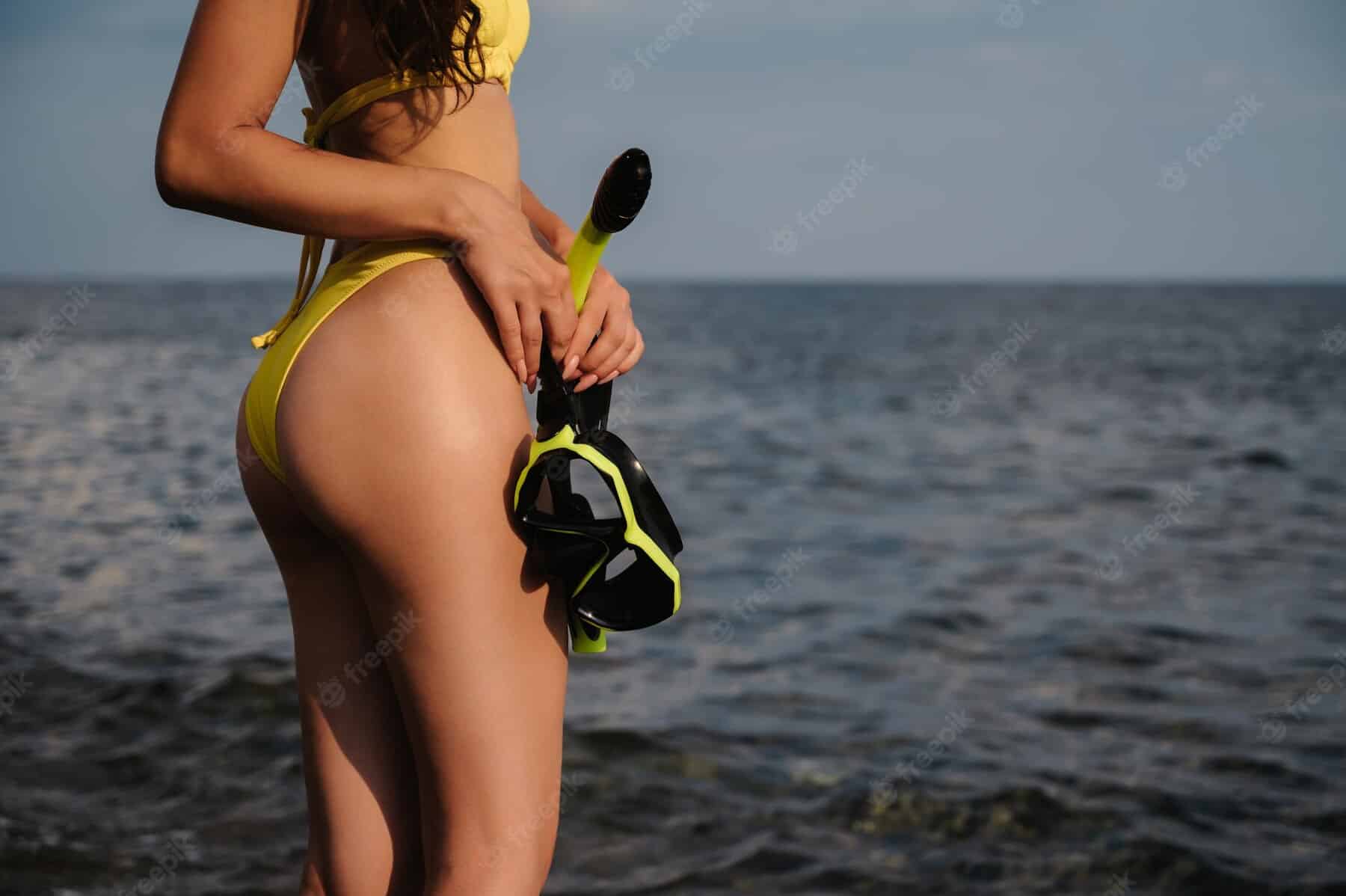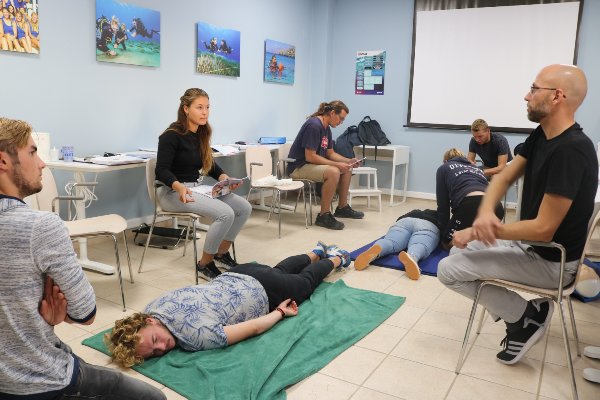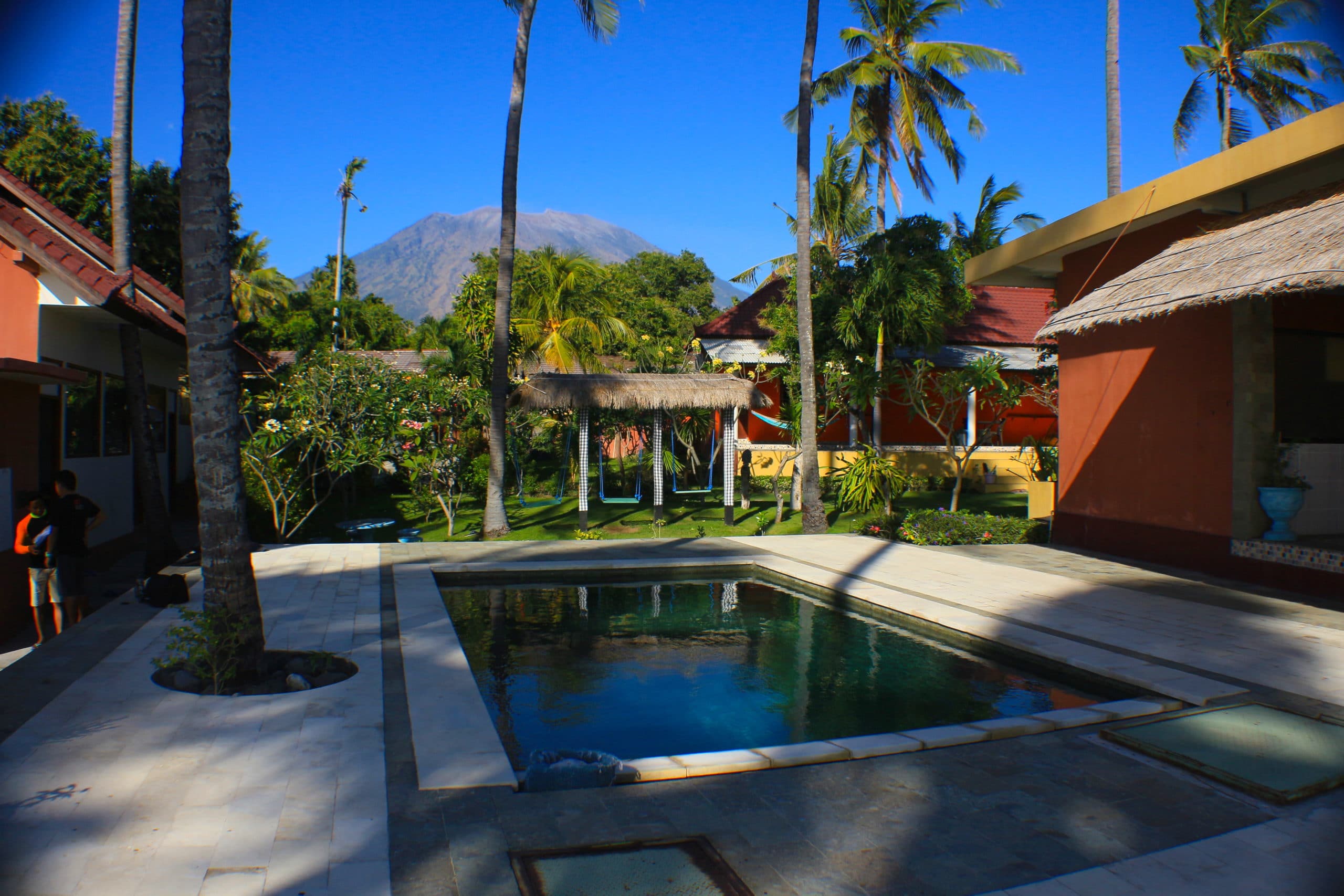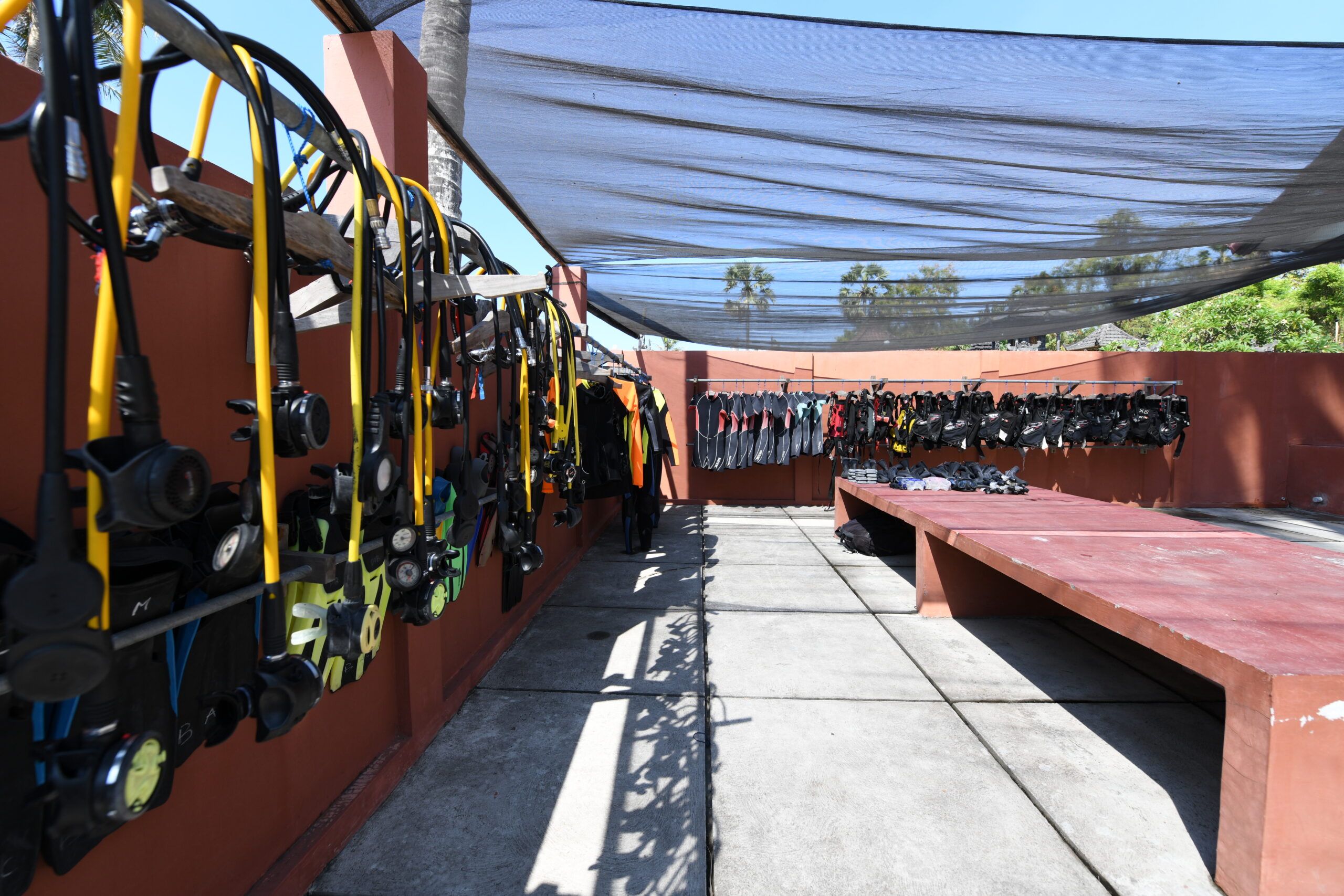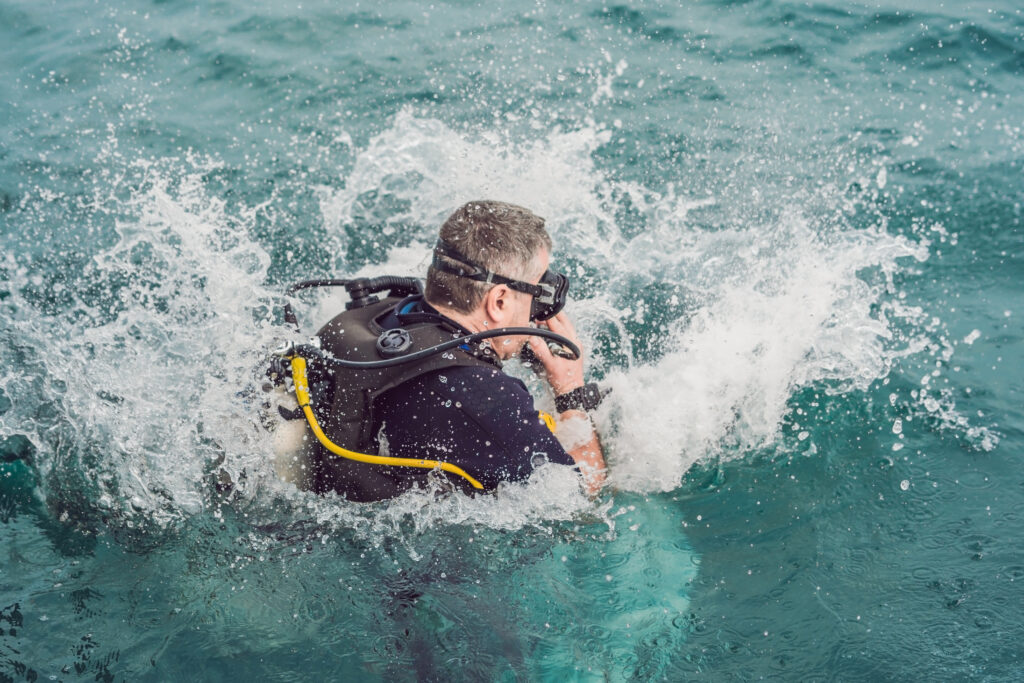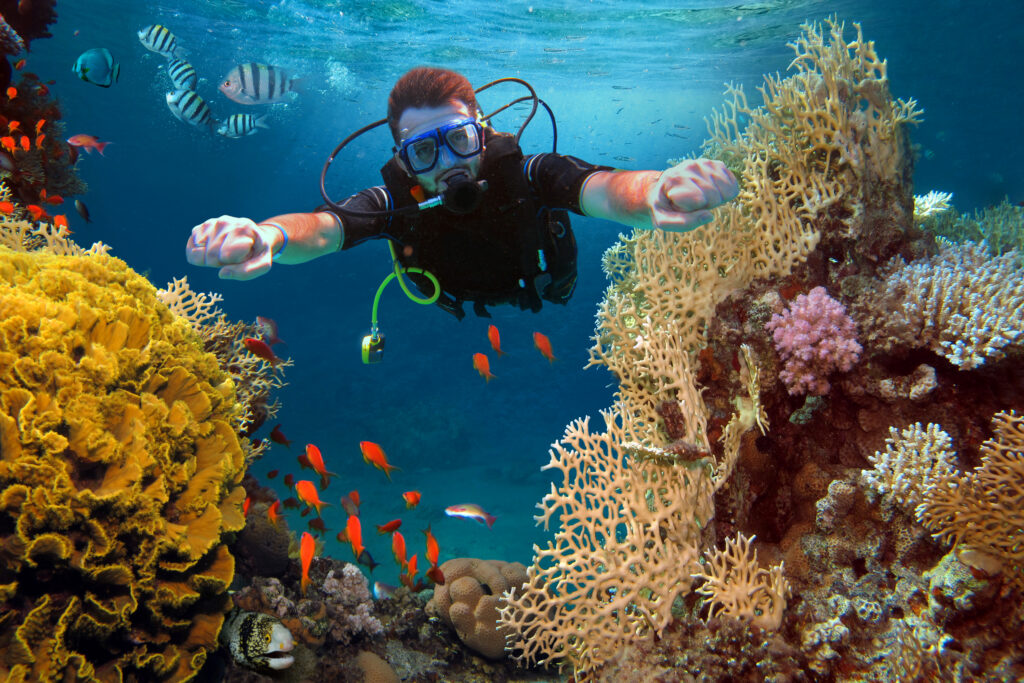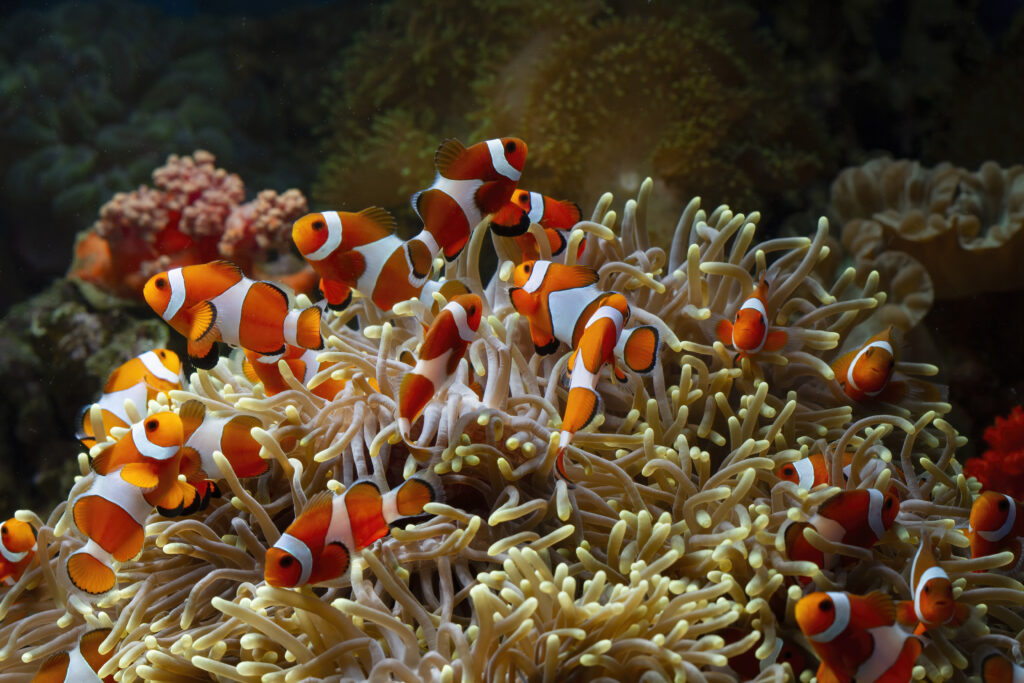SSI Sea Turtle Ecology (Bali)
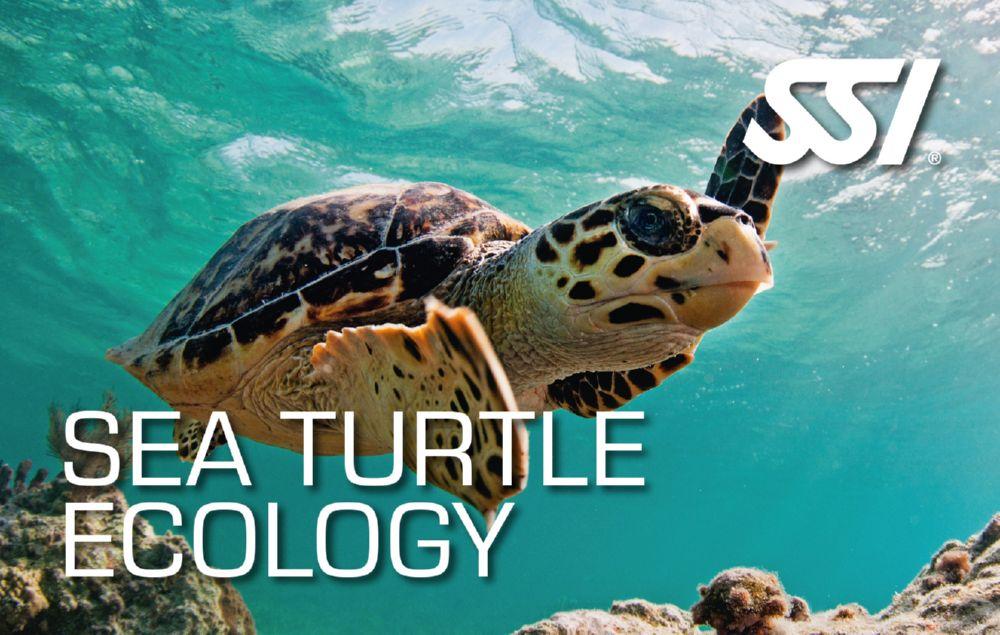
Are you interested in studying sea turtles in their natural habitat? Then come to Bali and join SSI’s Sea Turtle Ecology course!
During this course, you’ll have the opportunity to observe and learn about these amazing creatures up close. You’ll also gain a better understanding of the importance of conserving these turtles and their habitats.
The course includes four dives, during which you’ll have the chance to see turtles in their natural environment. You’ll also learn about the different species of turtles that can be found in Bali, their life cycles, and the threats they face.
After completing the course, you’ll be able to:
-Identify the different species of turtles found in Bali
-Explain the life cycle of a sea turtle
-Describe the main threats to sea turtles and their habitats
-Understand the importance of conserving sea turtles and their habitats
If you’re interested in learning more about these fascinating creatures, then sign up for SSI’s Sea Turtle Ecology course today!

